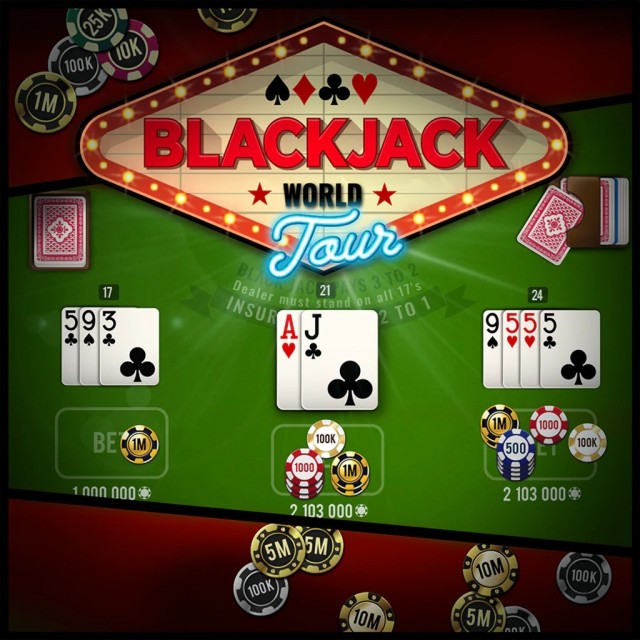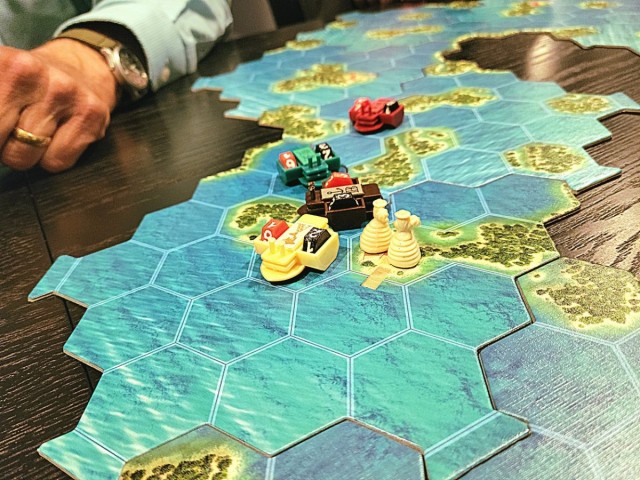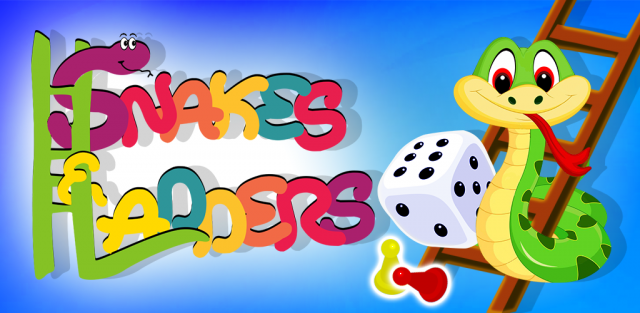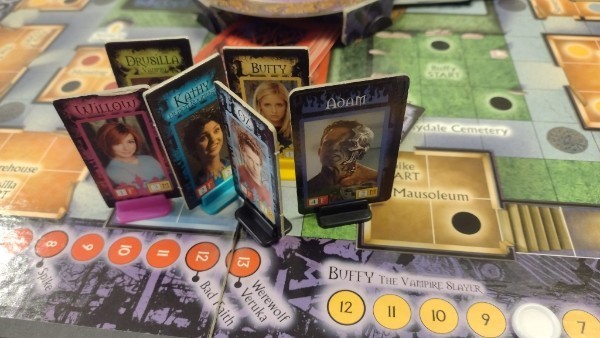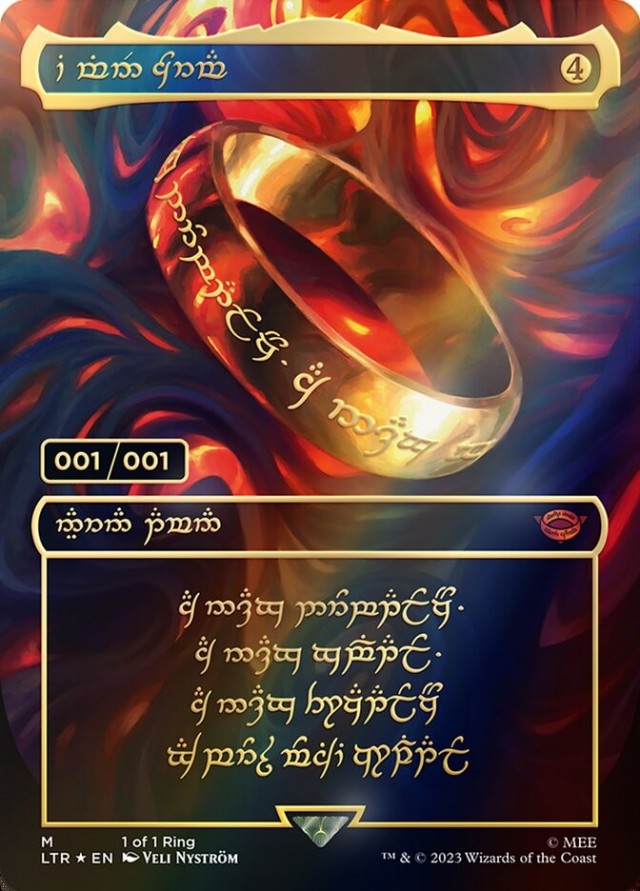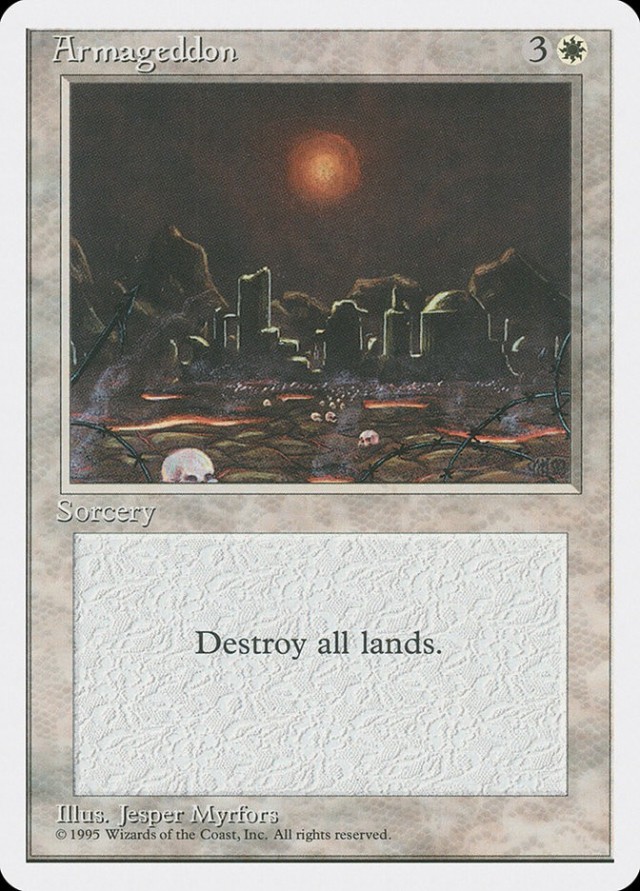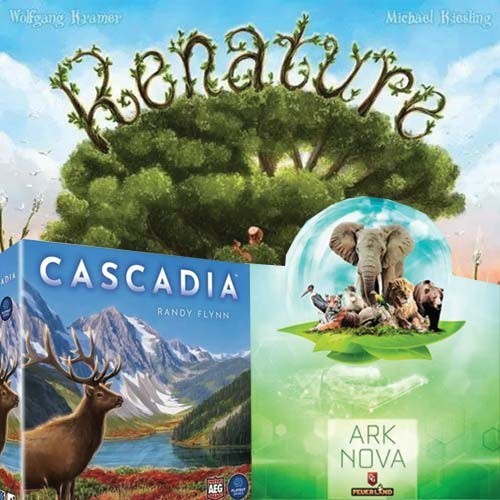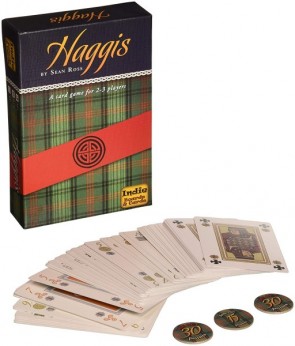A while back, I reviewed Tichu, the classic climbing game. For those who don’t feel like finding the review, let me save you the trouble: it’s a terrific game. You should buy it, okay? But here’s its one weakness: it requires four people. Yeah, I know you can play Tichu three-handed. But that’s pretty clearly not the way it was meant to be played. It involves dummy hands, switching partnerships, and individual scoring. It works, but it’s not ideal. And forget about even trying Tichu with two people. It doesn’t work. So what is the short-handed Tichu addict supposed to do?
The answer used to be “play something else,” but that’s no longer the case. Because a couple of years ago, Haggis dropped like a sheep’s stomach full of tense play and climbing-game goodness. Haggis is essentially a climbing game meant for two or three players. By “climbing game,” I mean that it’s something along the line of Scum or President. The person who leads plays a certain kind of combination, and the other players must play a higher form of the same combination (like say, a higher set of three cards) or pass. The person who plays the highest combo takes the cards. Haggis has a couple of key points that distinguish it from other climbing games. First of all, each player has three wild cards, an unsuited Jack, Queen, and King. These can be used to form combinations, or as a bomb (more on those in a minute). This is nice because it keeps someone with the “best hand” from just steamrolling the other players. There’s always a possibility that those wilds will create something even bigger. Secondly, the hand combinations are a little different. Since there are five suits, you can play anywhere from a single card to five of a kind plus all three wilds, to make eight of a kind. If you play a sequence of cards, they all have to be in the same suit. You can also play two or more identical sequences in different suits. Those sequences are difficult to form sometimes, so the wilds are a welcome addition.
Let’s talk about bombs. In Tichu, a bomb is any straight flush or four-of-a-kind. They can be played out of turn to win the trick, and then can only be beaten by a bigger bomb. They are fairly rare, and it’s a cause of rejoicing when you are dealt one. In Haggis, there are bombs that can be formed from your hand, but your wild cards can also be formed into a variety of different bombs. So everyone has at least one bomb in a hand. This isn’t a problem though, because people don’t often use their wilds this way. Why? Because winning with a bomb gets you the lead, but requires you to give the cards won to your opponent. All cards that can form bombs are point cards, so it can be a real wrench to give your opponent points from your hand to get the lead. Sometimes it’s necessary, but usually only as a last resort. It’s a terrific way to assure that bombs don’t throw the game off too much, and it makes for one of the most difficult choices in the game.
One reason that Tichu works is because of the act of calling “Tichu!” If you think you can go out first, you can stake some points on it. Haggis allows for this as well. Before you make your first play you can make a big bet or a little bet, which will bet 30 or 15 points, respectively. If you go out first, you get the points. Otherwise they go to your opponent. In this respect, I feel that Tichu does better. Part of this boils down to the more complex combos available in Haggis, which make it more difficult to assess your hand and decide whether or not to bet. This gets better with experience, but it didn’t come as naturally to me as it did in Tichu. The other factor is that most of your points in Haggis come from going out. You receive five points per card in your opponent’s hand. So if you storm through and stick them with a hand full of cards, you will score more than you will from a bet. In Tichu, the bulk of points is scored from successful Tichus, so the temptation to call “Tichu” is very strong. Bets work in Haggis, but they don’t quite capture the same sense of risk.
But overall this game works. It works really well, actually. Every aspect of the game feels very considered and polished. The designer posted several design notes on BGG that really highlight his design process. There’s clearly a lot of thought in that little box, and the effort and care shows brightly. It does exactly what it sets out to do: create a Tichu-like experience for 2 or 3 players. It does so with aplomb, too. It’s tense, challenging, and very enjoyable. I would especially recommend it to couples who enjoy playing cards together. It’s seen a lot of play in our group lately, because it’s very easy to find two more players waiting for another game to start.
That the game falls short of Tichu’s greatness is understandable. Part of the reason I love Tichu is because of how organic the whole thing feels. It’s not a folk game like the box claims, but it feels like it could have evolved over hundreds of years in the marketplaces of Beijing. Haggis feels much more “designed,” as if it was engineered to imitate perfection. You’ll notice how much I had to mention Tichu in this review. That’s because Haggis never really escapes from its shadow. It’s definitely it’s own game, and anyone who loves Tichu will probably love this one too. But you can’t discuss Haggis without mentioning its big brother.
But if it’s in a better game’s shadow, it’s the shadow of one of the greatest games in existence. I have enjoyed Haggis immensely, and it’s got that same addictive quality as it’s big brother. Now I can get my climbing-game fix without having to look for two opponents to play with my wife and I. And like Tichu, Haggis retails at a very lean $15, so it’s a no-brainer to pick up. It’s become one of my favorite games of the past year. Even better, it fills the troublesome three-player spot as well as any game I’ve played since Ra. No true Scotsman would turn this one down.
Also, I have a blog, The Rumpus Room. It's probably popular in Scotland too.
 Games
Games How to resolve AdBlock issue?
How to resolve AdBlock issue? 
